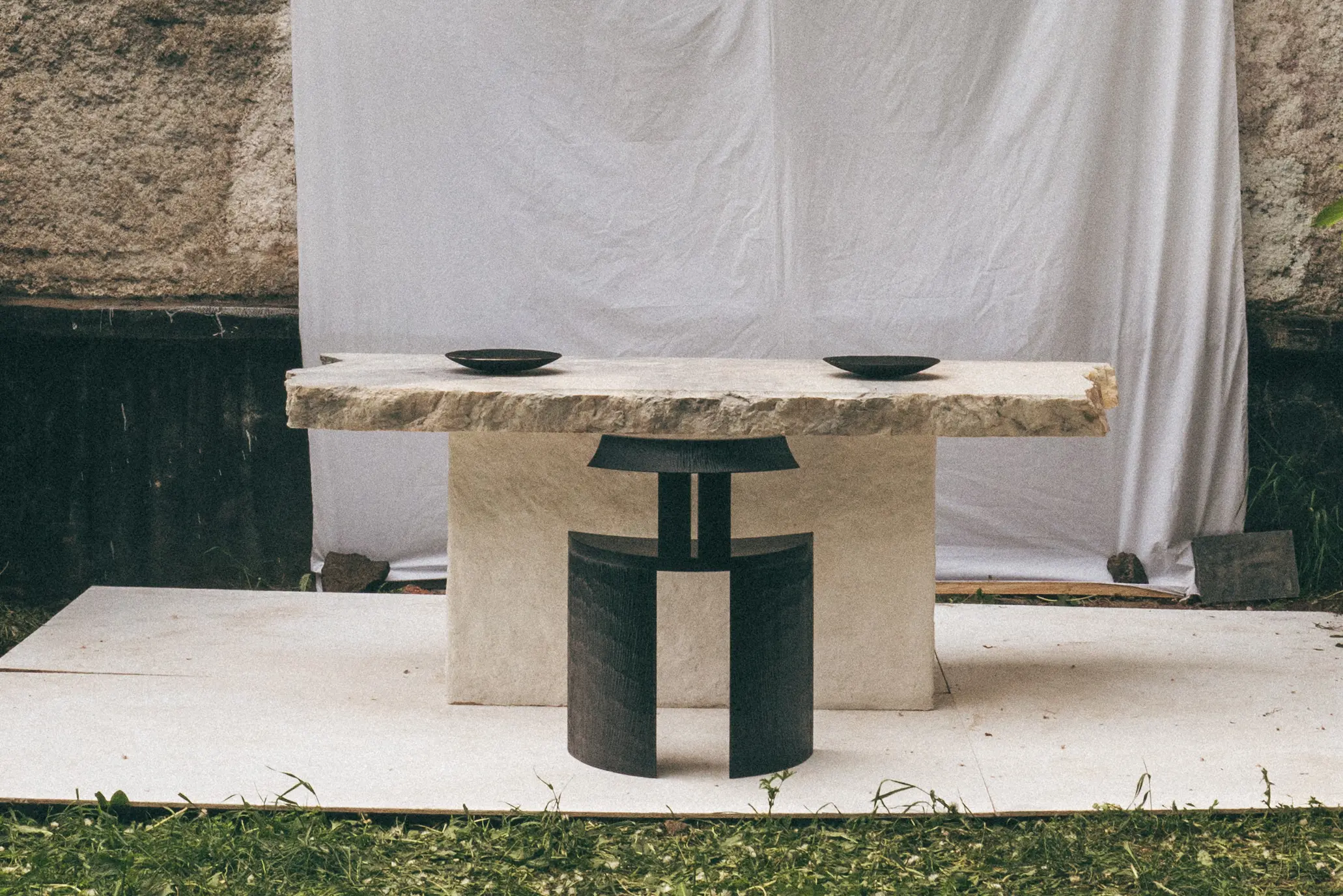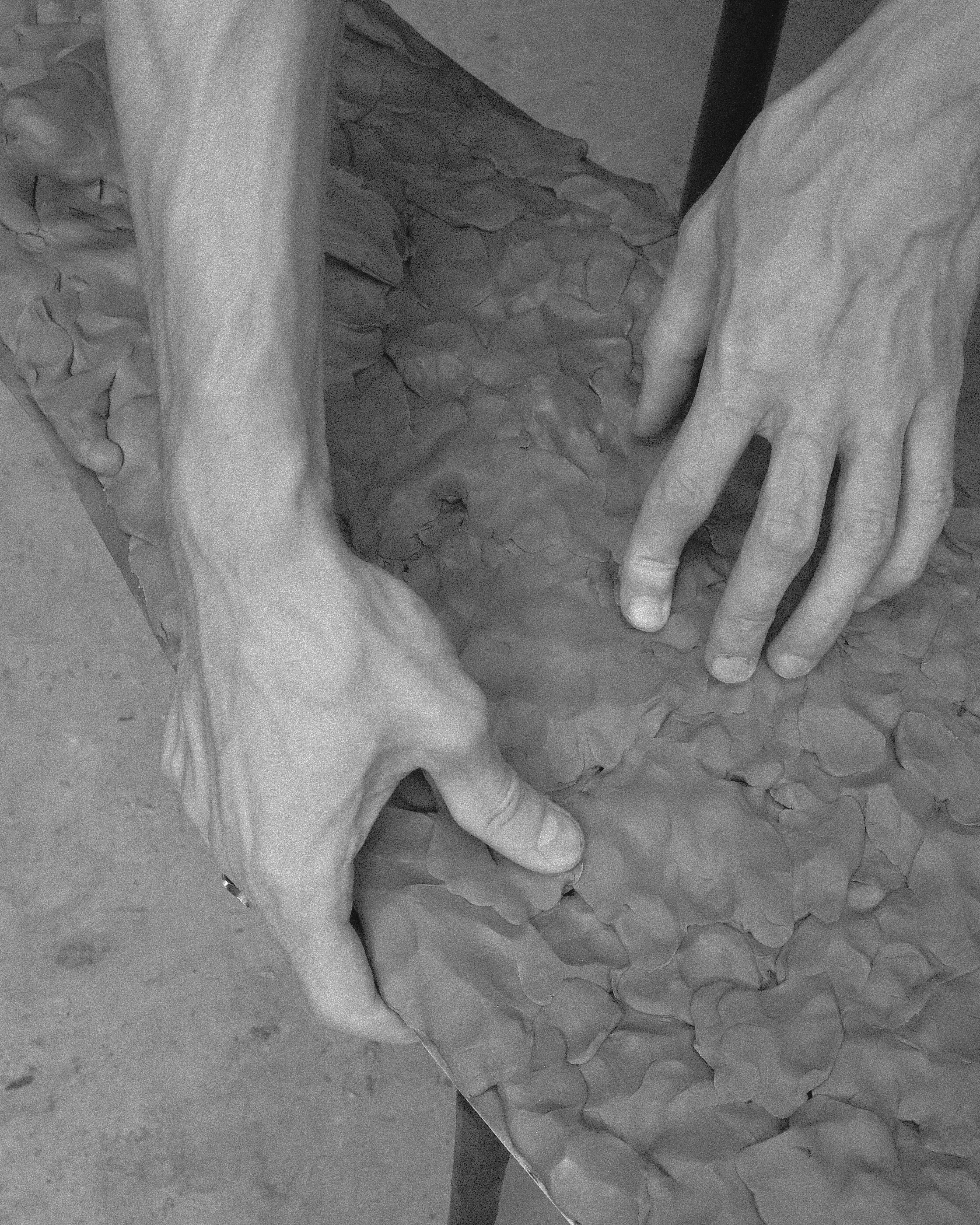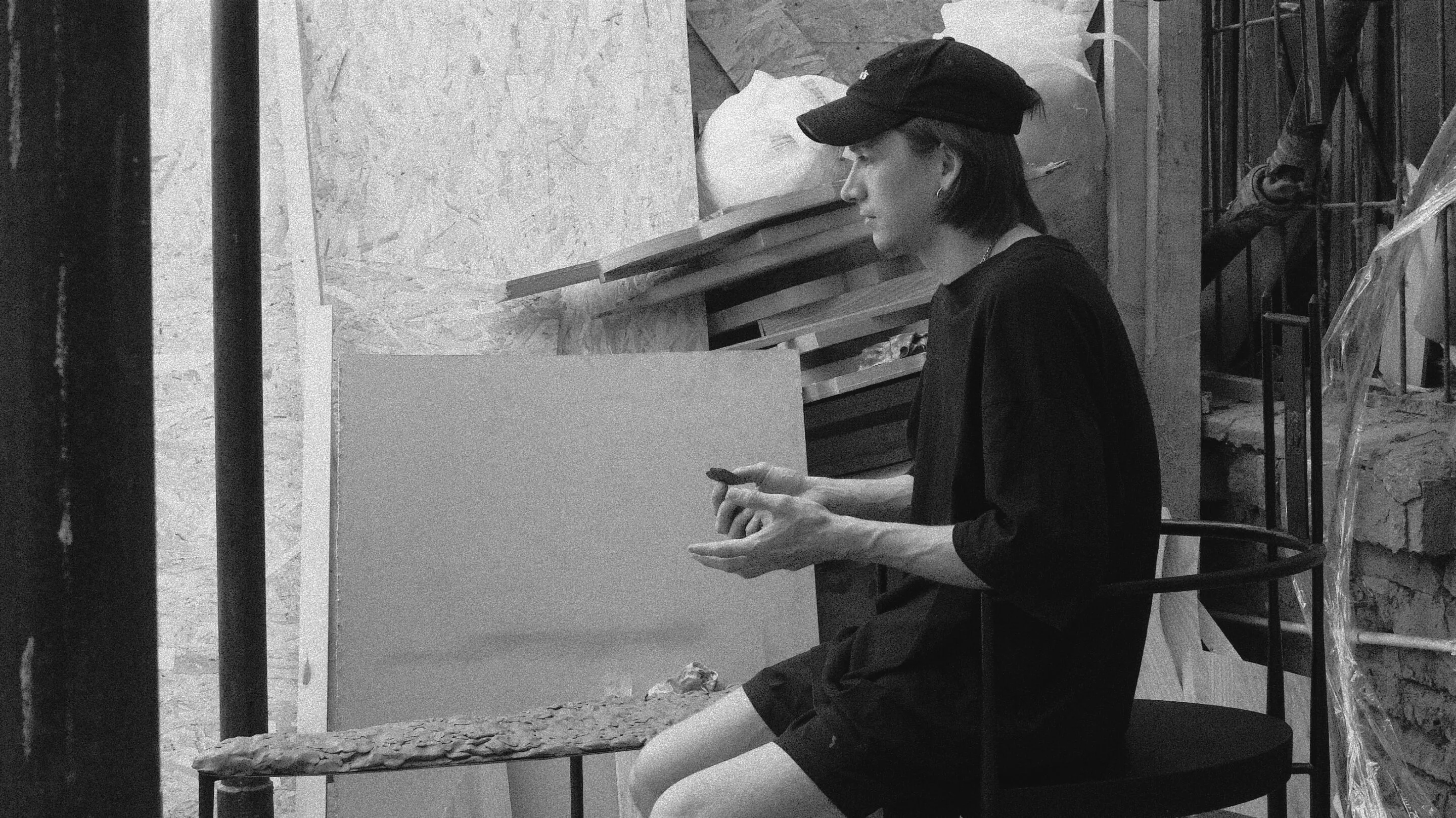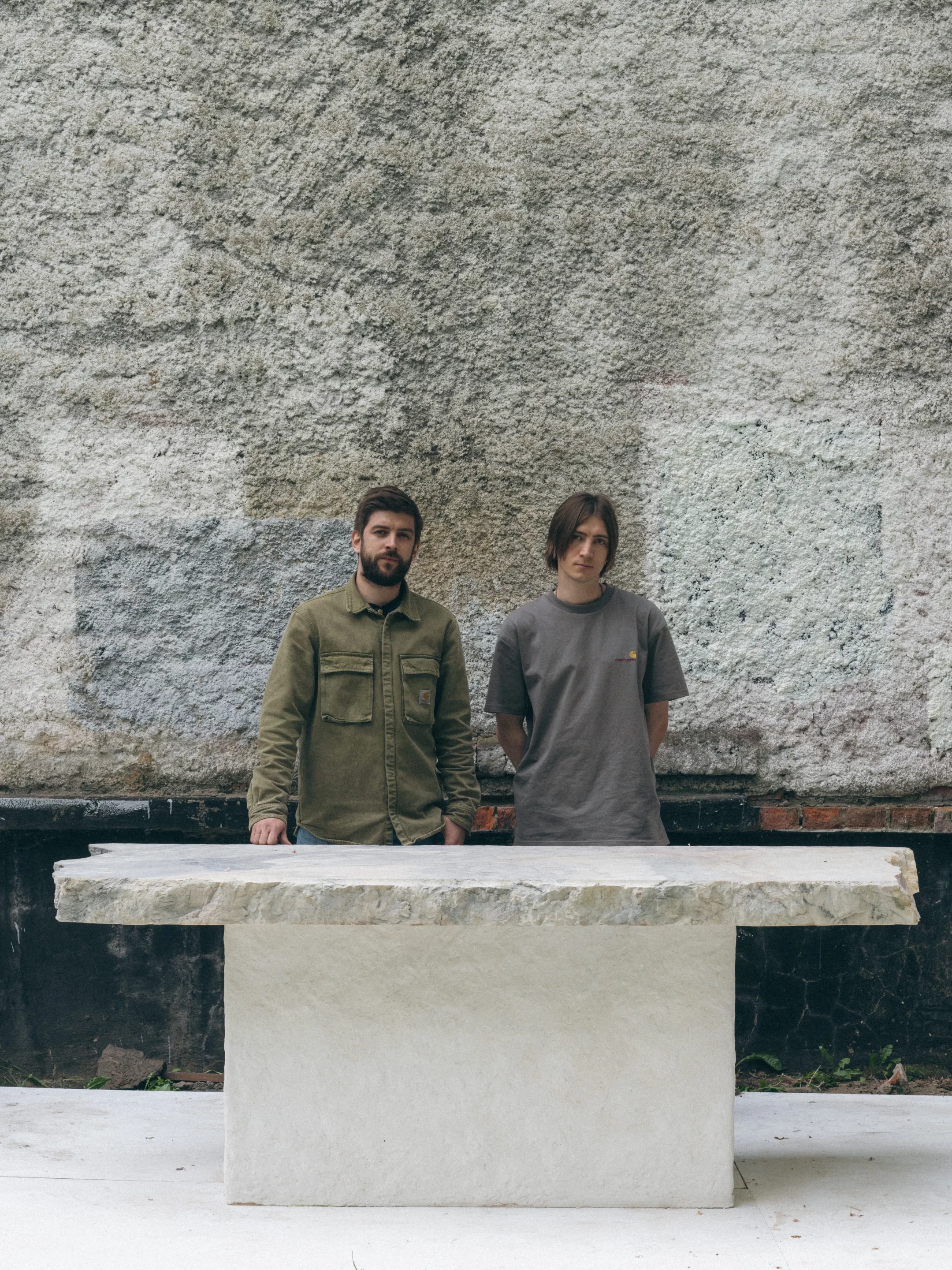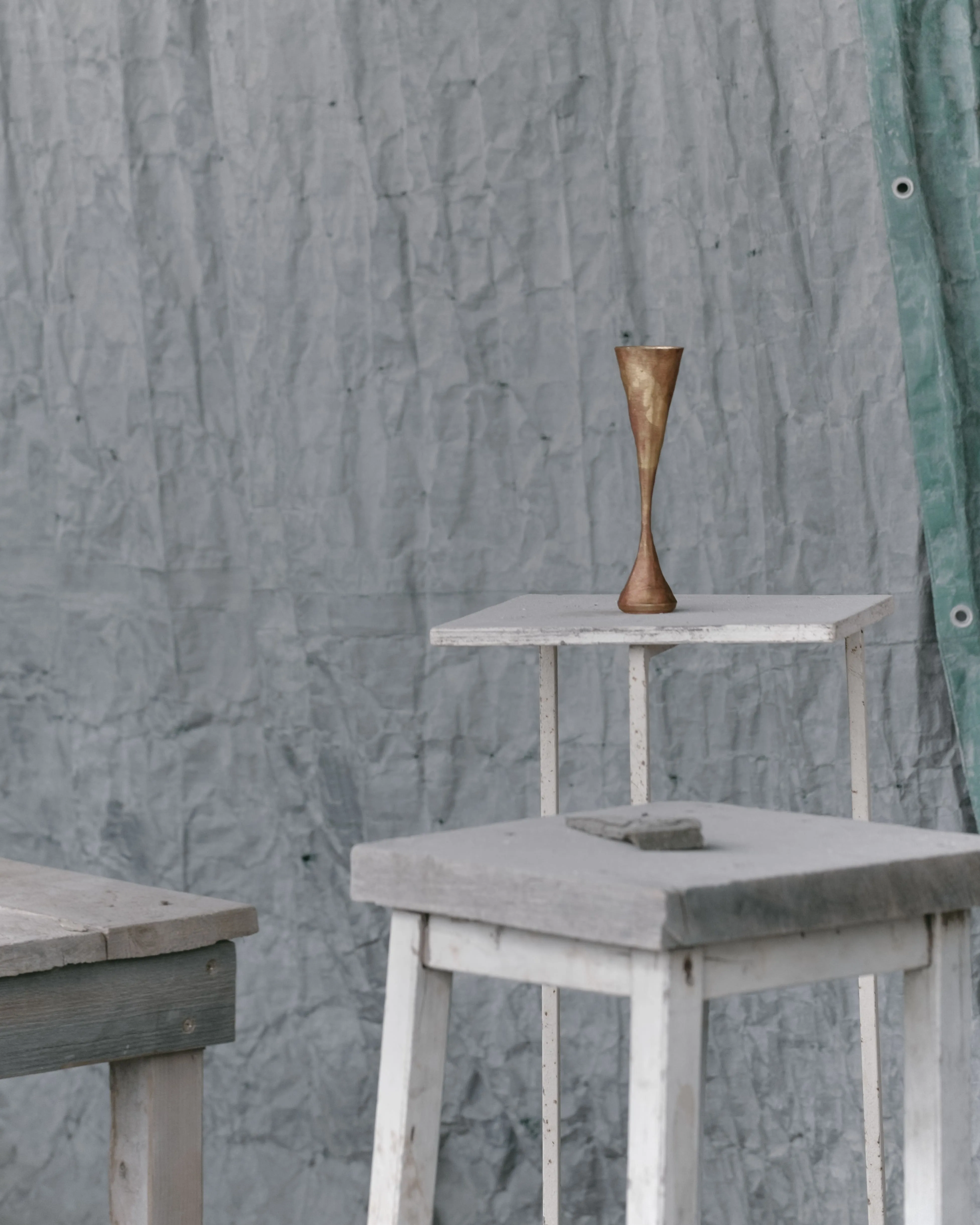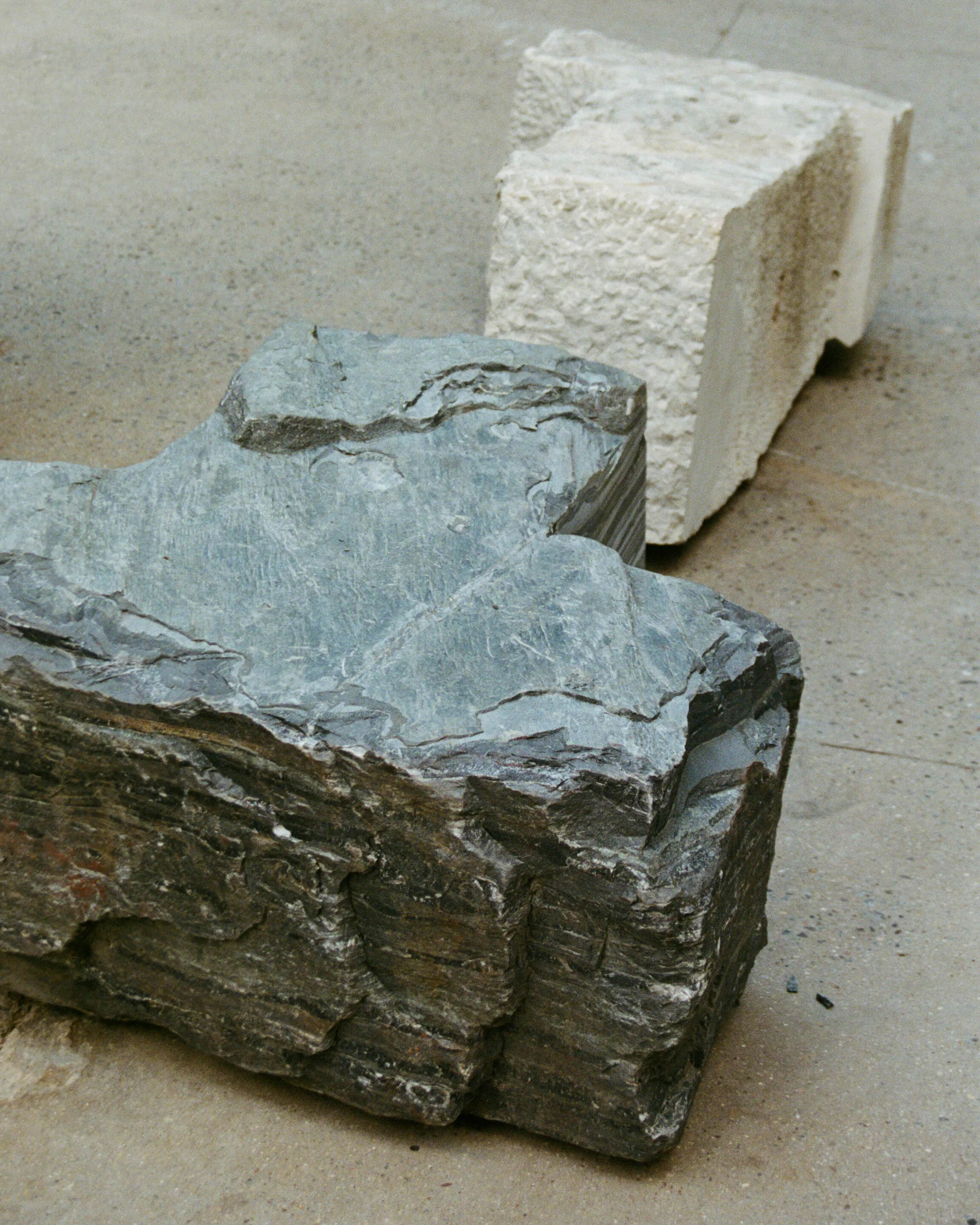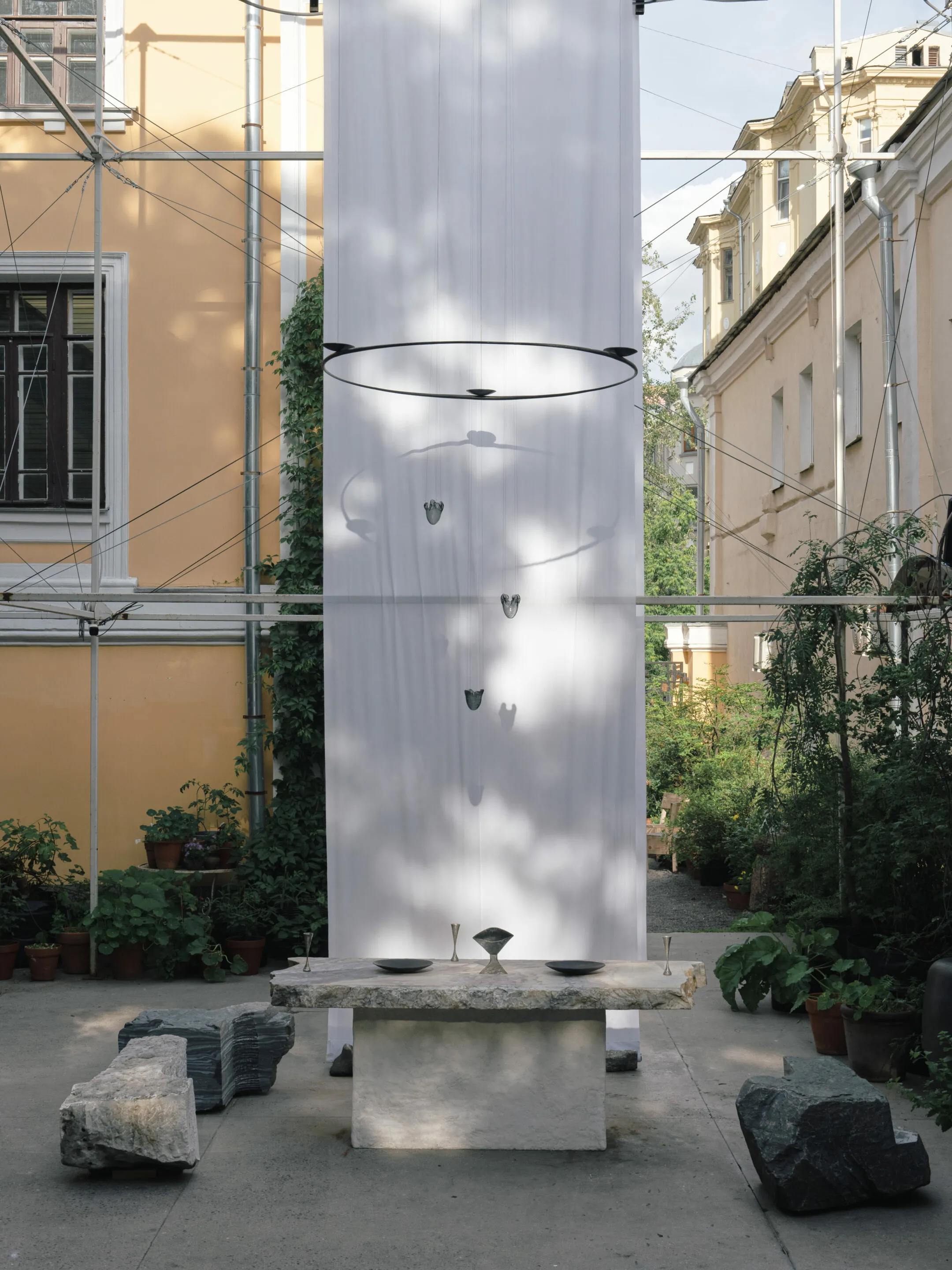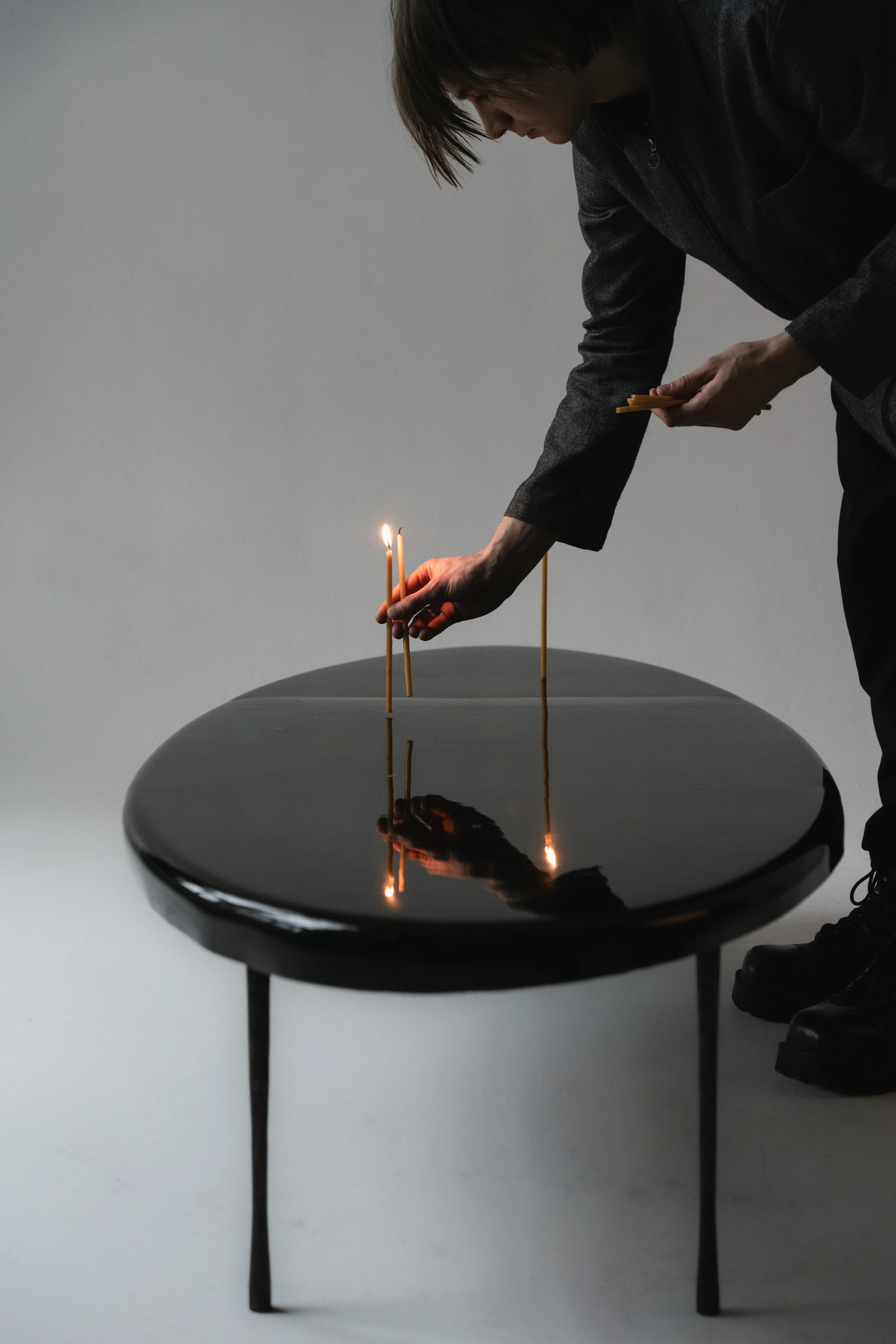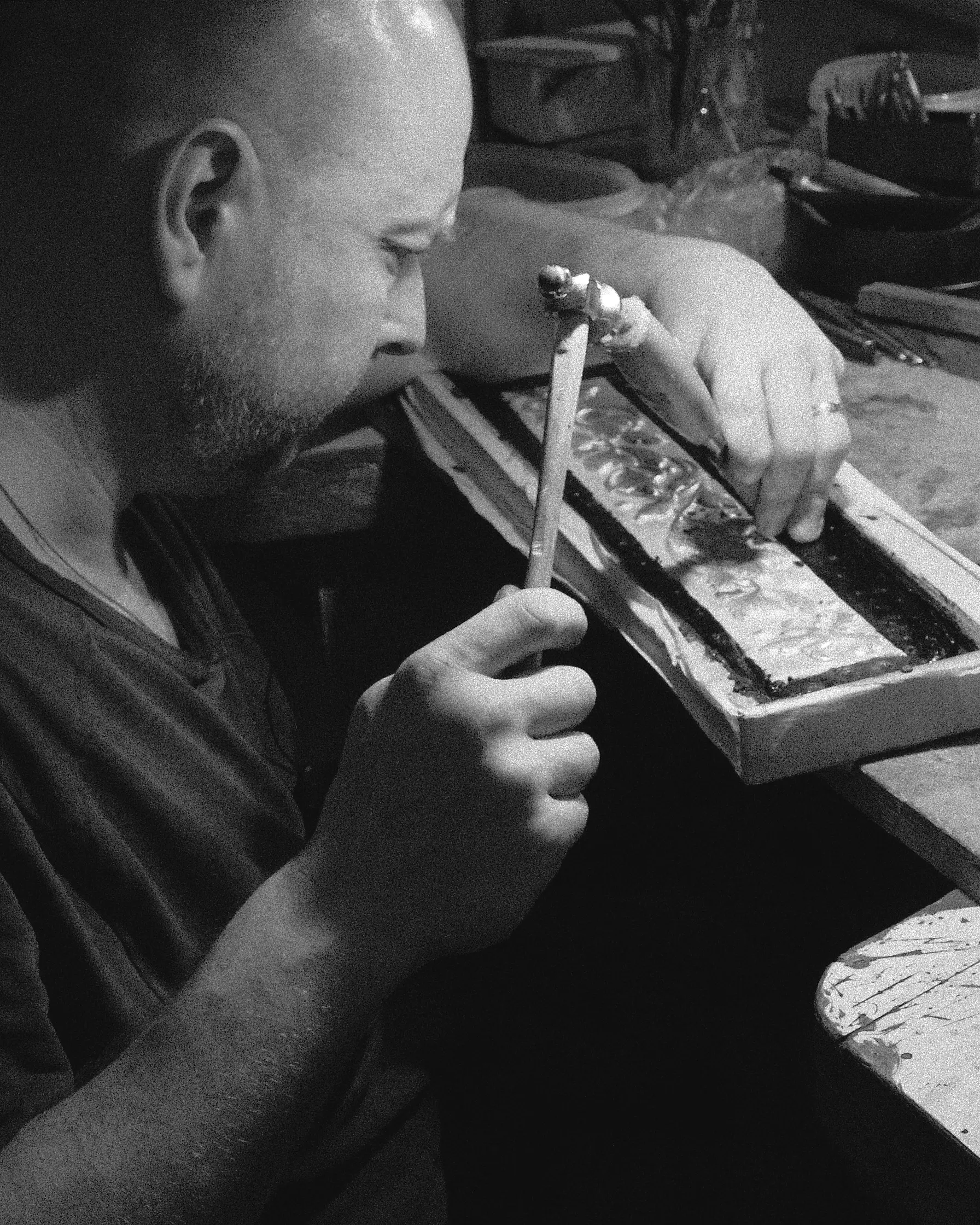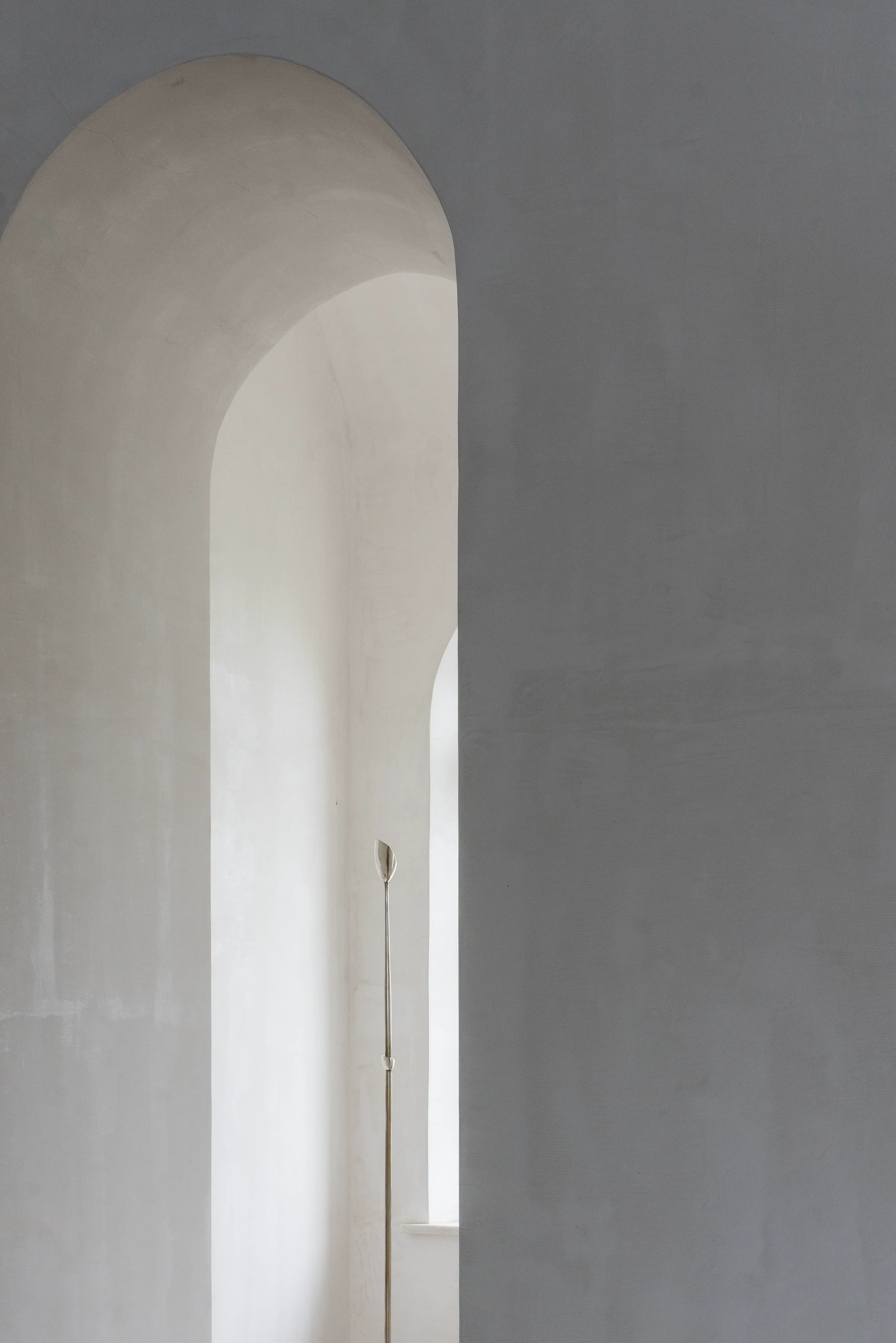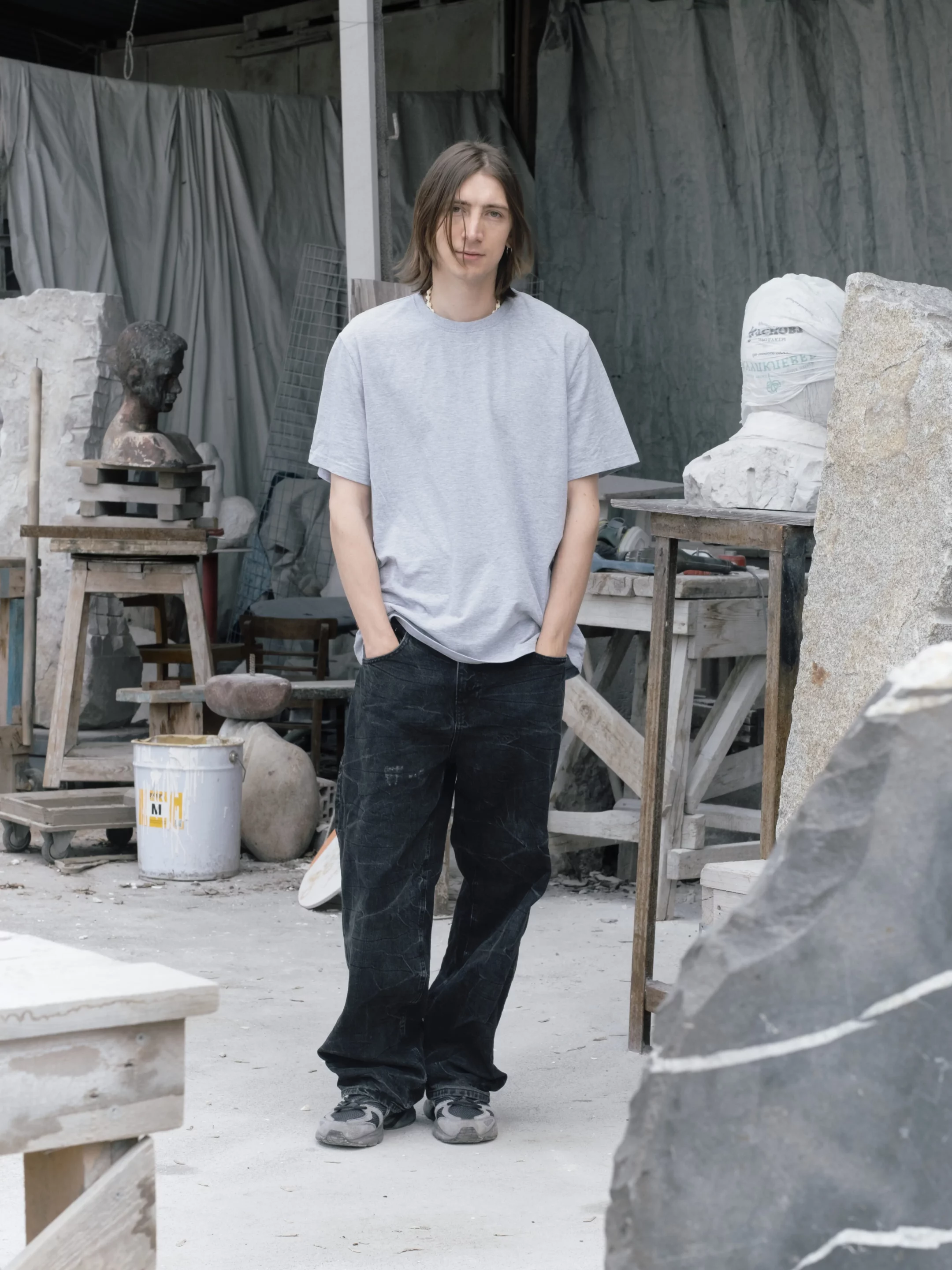
DESIGN
Sculpting the Sacred: Lavdansky studio’s Fusion of Religion, Craft, and Design
Images
LAVDANSKY STUDIO
Photography
Writer
Yana Karnaukhova
Lavdansky Studio is a creative collaboration between brothers Grigory and Semyon Lavdansky, rooted in the traditions of their family workshop Basmart, where ancient craftsmanship seamlessly intertwines with contemporary collectible design. In this interview, Semyon shares how the studio preserves sacred aesthetics and brings them into modern art forms.
Yana Karnaukhova: Sem, your creative journey began within the Basmart family workshop. How has this heritage shaped your personal artistic path and led to the formation of Lavdanskystudio?
Sem Lavdansky: During my studies as an industrial designer, I simultaneously worked in my father’s artisanal workshop, observing the craftsmen, technologies, and materials. I also studied church architecture, sacred images, and symbols, which shaped my aesthetic vision. Over time, I developed a desire to explore the ethnicity and culture of ecclesiastical decorative arts even further, to express this aesthetic through my own work.
YK: Could you share how a new project typically begins for you? Is it an idea, emotion, or specific concept that drives your creativity?
SL: I believe it’s all of these together. It’s important for me to grasp the feeling of the material and its character. Equally important is the context of the images I’m working with. Both require research — artistic, historical, and psychological. From this, my creative concept is formed.
YK: The foundation of your work lies in the combination of traditional craftsmanship and modern design. How do you conceptualize and incorporate these historical elements into contemporary functional pieces?
SL: The most challenging part of design is the assembly. It’s about how sensitively the designer grasps the theme and integrates it into the contemporary context. If I find something that resonates with me and feel how to work with a certain image or material, I then proceed to the search for form.
“It’s important for me to grasp the feeling of the material and its character.”
YK: What role does the creative dialogue within the Lavdansky Studio team play in the development of your projects?
SL: I always present ideas and we discuss them within the team. The most interesting ones proceed to further project development.
YK: Wood, metal, and experimental materials play a central role in your creations. What materials attract you the most, and what qualities do they possess, both aesthetically and functionally?
SL: Over the past year, I’ve worked with a wide variety of materials. I’ve always been drawn to natural materials, those with organic textures and imperfections. Thick slabs of stone or, for example, fallen deadwood trees are perfect for functional sculptural objects. They have a unique character that makes them fascinating to work with.
YK: While some materials inspire, others may present unique challenges. Could you share which materials are the most difficult to work with, and how do these challenges impact your creative process?
SL: I’ve never encountered a material I’d consider difficult to work with.
“A well-articulated philosophy, idea, and concept allow traditional methods to fit seamlessly into contemporary design.”
YK: Your studio uses ancient techniques such as chasing, bas-relief, and casting. How do you keep these traditional methods relevant and innovative in today’s design landscape?
SL: Our goal isn’t to create something innovative in terms of technology. Instead, it’s important to show that craftsmanship is inherently relevant and exists in a modern context. These techniques often appear as accent details in our pieces — chased narrative images, hand-finished materials. A well-articulated philosophy, idea, and concept allow traditional methods to fit seamlessly into contemporary design.
YK: What philosophy or core values underlie the work created at Lavdansky Studio? How do these principles influence your design choices?
SL: We reinterpret ecclesiastical aesthetics. In our projects, we emphasize images from various eras that are in some way connected to sacred art. This could be architecture, liturgical objects, jewelry, frescoes, mosaics, or random motifs from the walls of catacombs, cave churches, or medieval cathedrals. It’s important for us to showcase the beauty of ancient applied art, so we seek contemporary forms for the images that inspire us.
YK: Your projects evoke a strong connection with the atmosphere of churches. How do you convey these sensations using the language of modern design?
SL: For example, we are currently working on an object for the LOEWE FOUNDATION contest, which is directly connected with craftsmanship. In this project, we aim to convey the feeling of an old fresco on a church wall. As we explored references, we sought lines and forms for the future object, trying to imagine it in a contemporary interior. The result should be a subtle image, embodied in a clear and concise form.
YK: In your full-cycle projects, you work with a wide range of materials. How do you decide which material will best convey the idea behind each specific project?
SL: When in doubt, we run tests to understand which material best communicates the idea.
YK: How would you personally describe the sensations you experience during the creative process, and how do you strive to evoke them in those who interact with your objects?
SL: I’d like for the slow design process to be perceived in the objects. Craftsmanship, in my opinion, is generally about deliberation and meditation. In our work, we aim to convey the aesthetic of asceticism— restrained forms, hand-sculpted detailing, “living” materials. This is one way to immerse oneself in a state of contemplation, sacredness, unity, and silence.
YK: Your work is exhibited both in Russia and abroad. In your opinion, how do different audiences interpret the sacred and spiritual elements embedded in your designs? Do certain themes resonate more strongly in particular cultural contexts?
SL: Of course, this largely depends on the cultural background of the viewer, their interest, and level of engagement. Some are more drawn to the sacred context, others to the artistic solutions, while others appreciate the research aspect. Ultimately, the emotional context is the most important, and that is universal. I believe that regardless of the audience’s “cultural preparation,” our work can evoke the emotions we aim to convey, and that’s what matters most.
YK: How do you see the future of artisanal design and collecting in an era dominated by mass production? What role do you believe your studio plays in preserving and advancing these traditions?
SL: I think the market is developing overall—there is a noticeable shift. This is evident in the exhibitions happening in Russia. One of our goals is to preserve the traditions and values associated with craftsmanship in our culture.
